Discover the unique animals that call Mammoth Cave National Park home; let’s dive in to learn more!
1. Kentucky Cave Shrimp

This unique shrimp species is endemic to the caves of Kentucky, including Mammoth Cave. It is nearly blind and has adapted to the cave environment over time.
2. Indiana Bat

A federally endangered species, the Indiana bat roosts in caves during the winter, including those found in Mammoth Cave National Park.
3. Northern Long-eared Bat

Another bat species found in the park, the northern long-eared bat also relies on caves for roosting and hibernation.
4. Eastern Pipistrelle

This small bat species can be found foraging around the entrances of caves within the park.
5. Cave Salamander

True to its name, the cave salamander inhabits the dark, damp environments of caves, including those in Mammoth Cave National Park.
6. Northern Slimy Salamander

This species of slimy salamander can be found in the forested areas surrounding the caves of the park.
7. Eastern Red-backed Salamander

Another salamander species found in the park, the eastern red-backed salamander inhabits the leaf litter and rocky areas near cave entrances.
8. Cave Crayfish

Several species of crayfish inhabit the underground rivers and streams within the cave systems of Mammoth Cave National Park.
9. Northern Cavefish

This eyeless fish species is specifically adapted to the dark cave environment and can be found in the underground waters of the park.
10. Green Salamander

While not strictly confined to caves, the green salamander can occasionally be found in rocky crevices and cave entrances within the park.
11. Northern Spring Peeper

This small tree frog species can be heard calling from the forested areas surrounding the caves during the spring breeding season.
12. Eastern Box Turtle
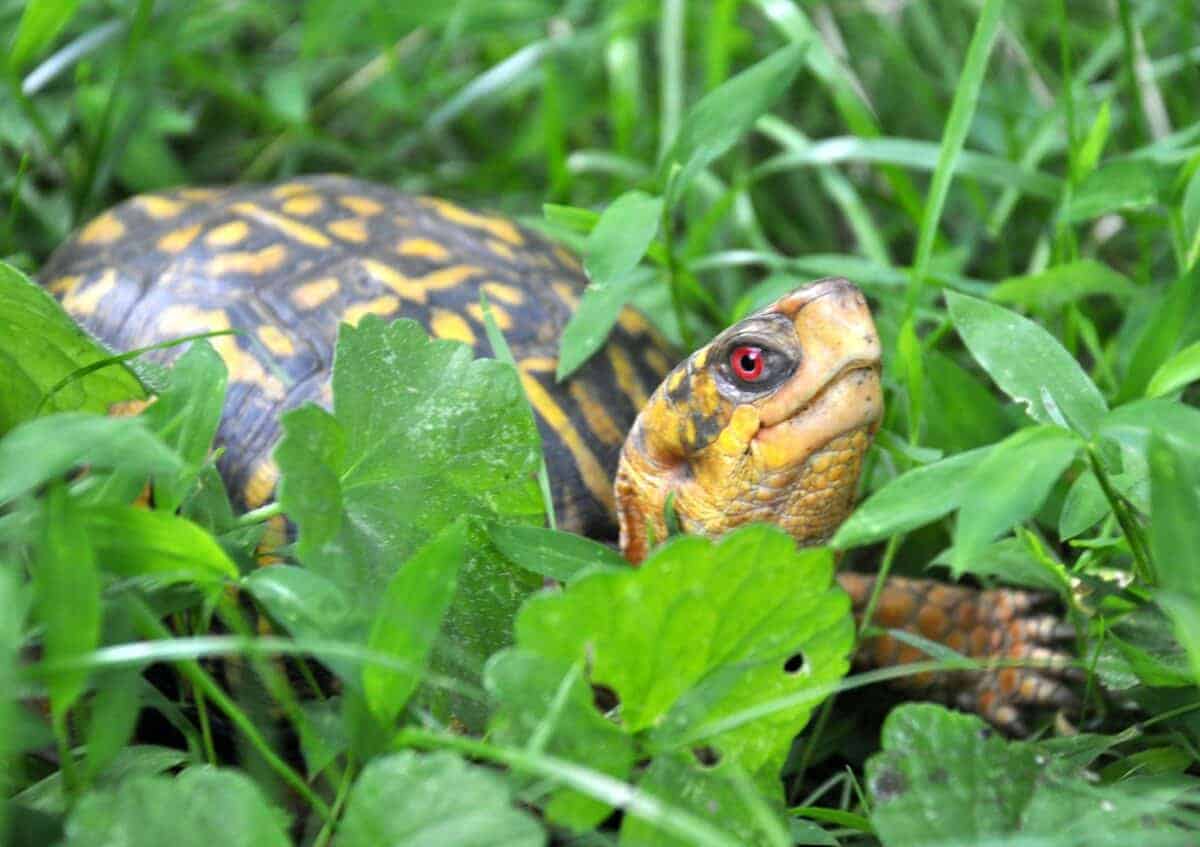
While not exclusive to caves, eastern box turtles can sometimes be found foraging in the leaf litter near cave entrances.
13. Black Rat Snake
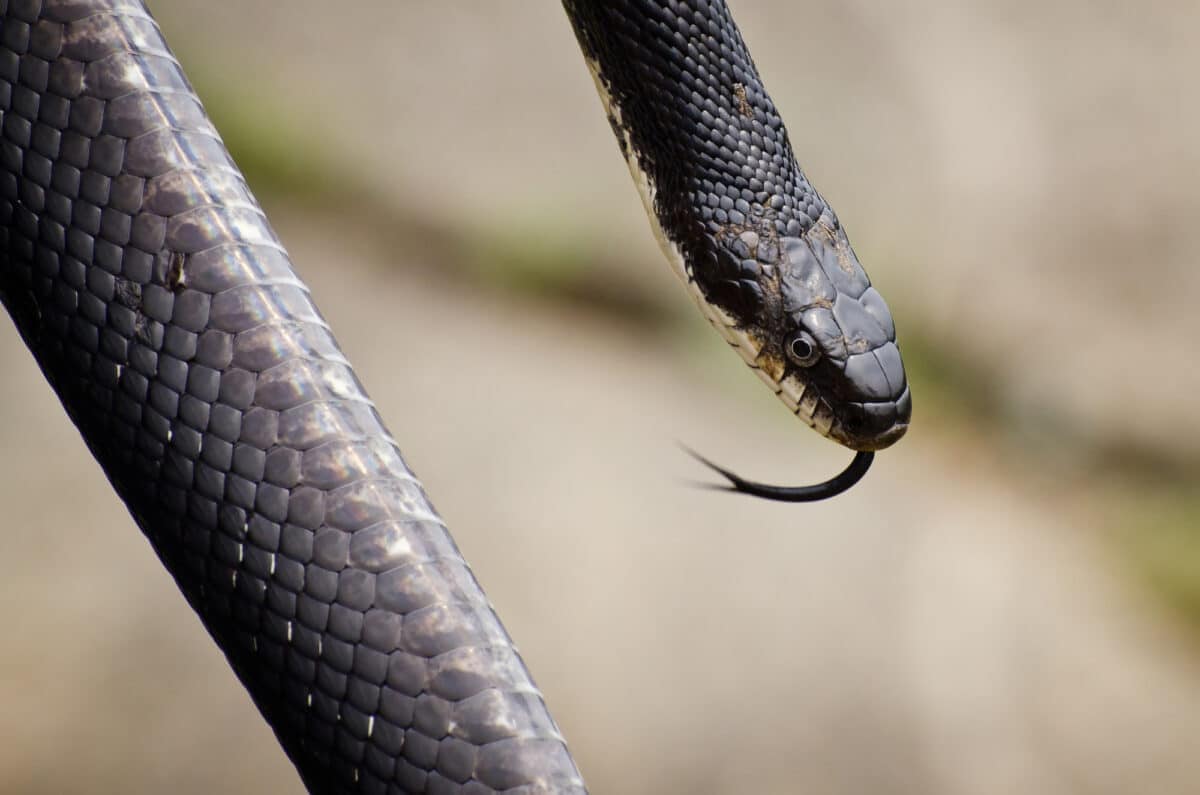
These non-venomous snakes are commonly found in the woodlands surrounding Mammoth Cave National Park and occasionally enter caves in search of prey.
14. Eastern Garter Snake
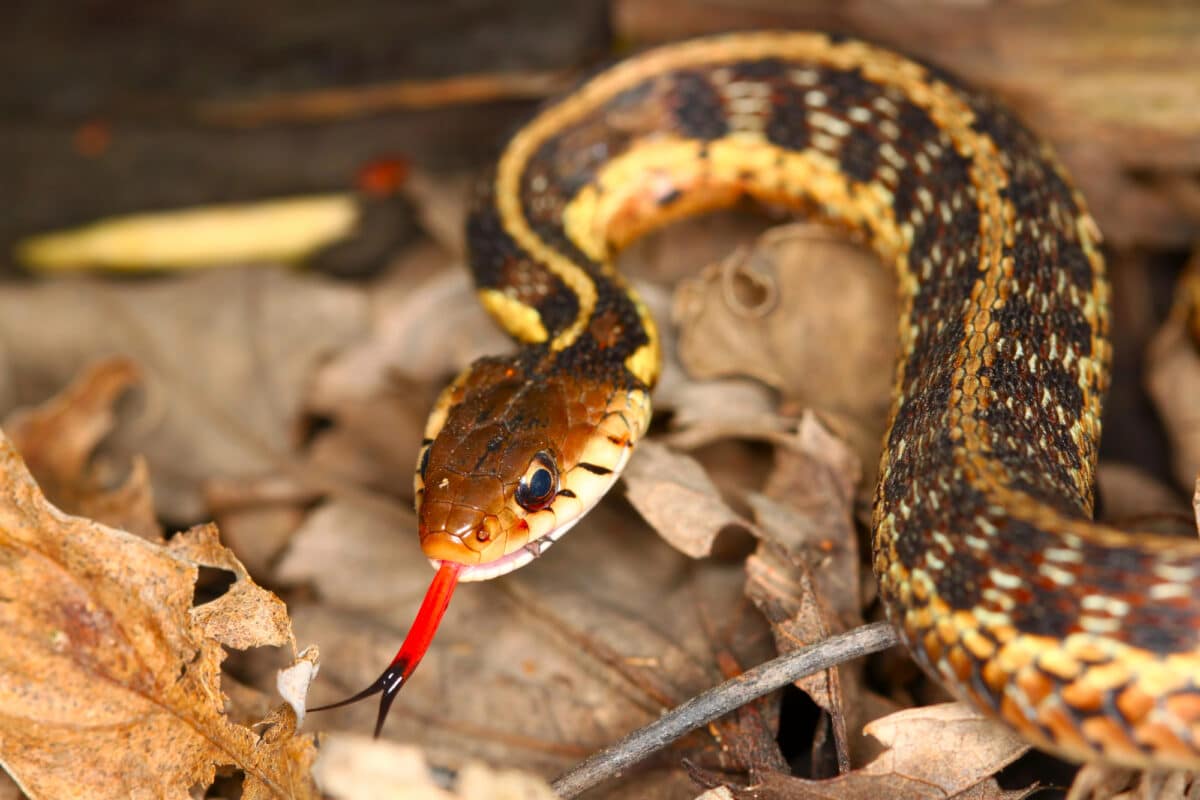
Another common snake species in the park, the eastern garter snake can be found near streams and wetland areas within the park.
15. Eastern Fence Lizard

This lizard species is often seen basking on rocks and tree trunks in the forested areas surrounding the caves.
16. Eastern Boxelder Bug

While not a cave-dweller, these insects are commonly found in the forests surrounding the caves of Mammoth Cave National Park.
17. Eastern Red-spotted Newt

This amphibian species can be found in the moist woodlands surrounding the caves, particularly near streams and seeps.
18. Eastern Mole

While primarily terrestrial, eastern moles can occasionally be found near cave entrances where the soil is loose and suitable for burrowing.
19. Northern Short-tailed Shrew

These small insect-eating mammals are often found in the leaf litter and soil near cave entrances.
20. American Toad
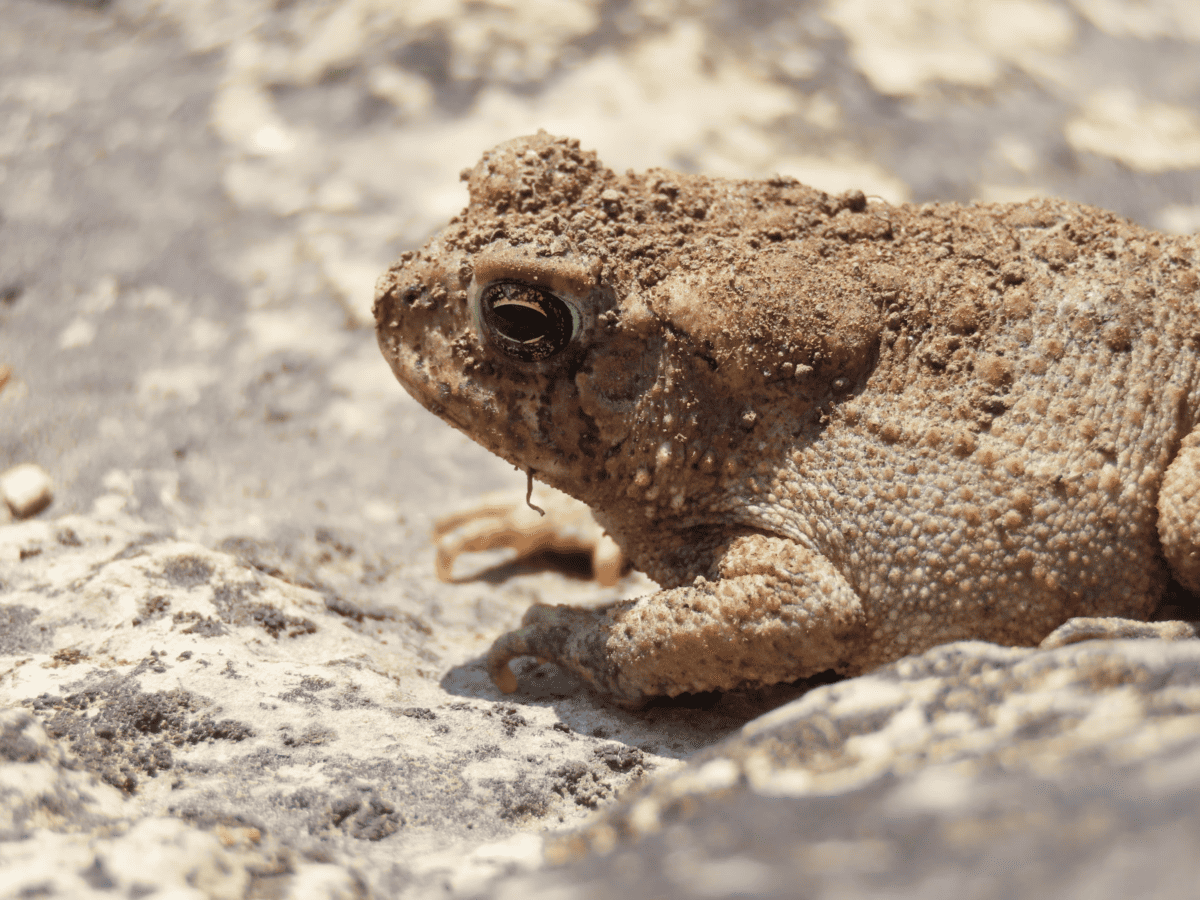
Commonly found in the forests and meadows surrounding the caves, American toads may occasionally venture into cave entrances during periods of high humidity.
21. American Black Bear
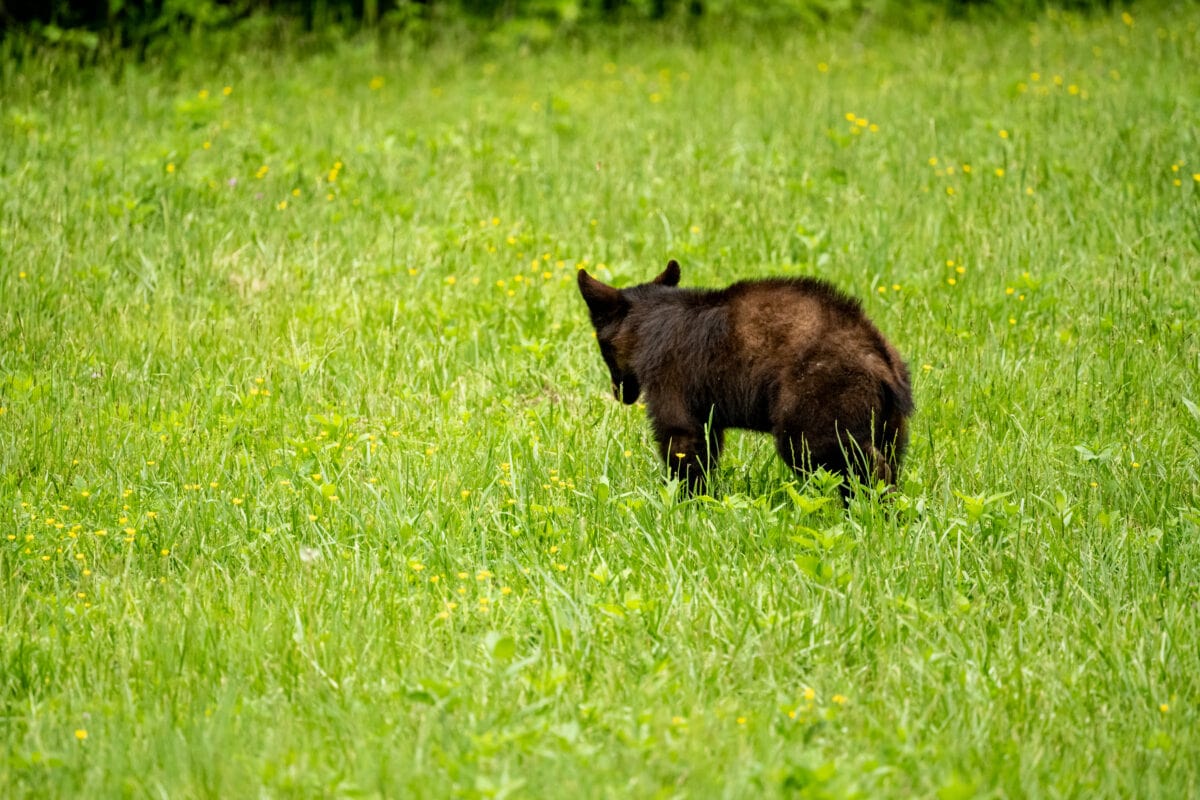
The largest mammal in the park, black bears are primarily forest-dwelling but may travel near cave entrances in search of food, particularly during the spring and summer months.
Conclusion

These are just a few examples of the diverse array of wildlife that call Mammoth Cave National Park home. To read more like this, check out the articles below:
- 21 Animals That Call The Great Basin Home
- 21 Animals That Call Badlands National Park Home
- 21 Animals That Call Sequoia National Park Home
Join our Forum for free today!

- Brown Bear Approaches And Wiggles His Foot - July 22, 2024
- Mountain Biker Has An Extremely Close-up Encounter With a Wild Giraffe - July 22, 2024
- Eagle Flies Into a Moving Car - July 21, 2024

